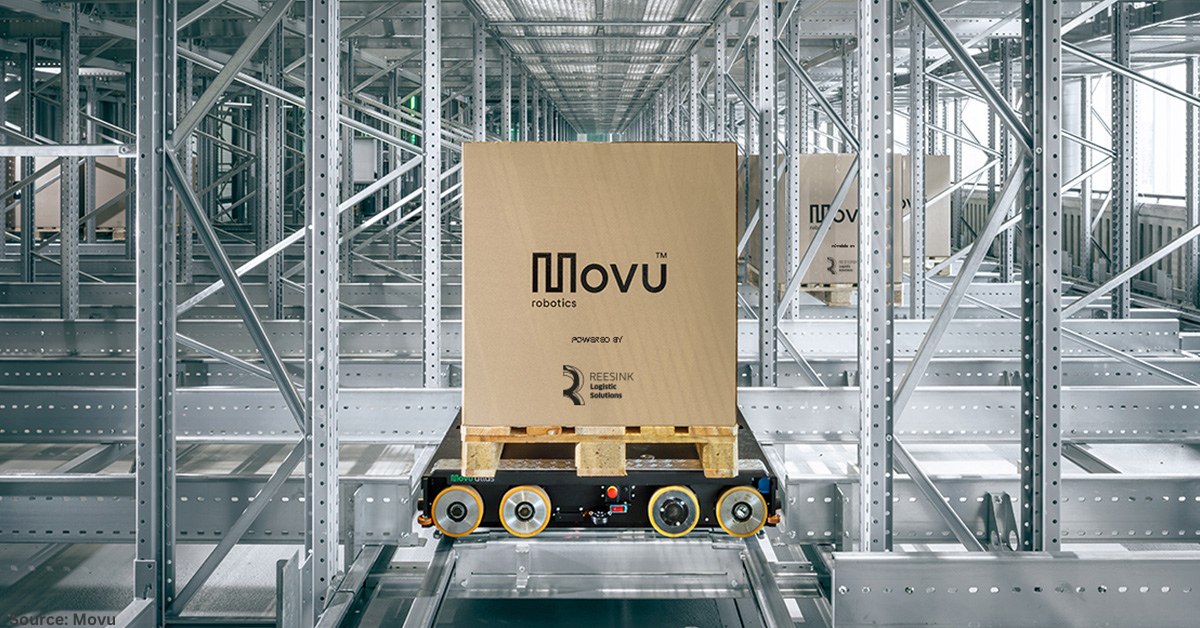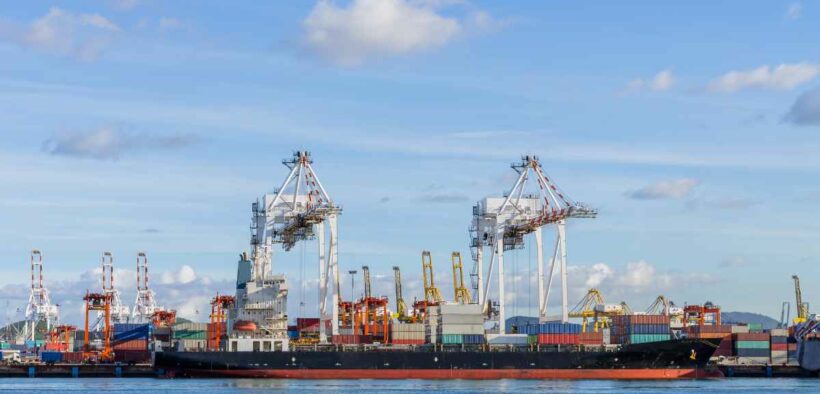As the shipping industry becomes more abuzz in its quest toward a decarbonised future, the exact green fuel source to be used remains unclear.
For Australian Maritime Safety Authority’s Mick Kinley, the most definitive thing he can say about the industry’s journey towards net zero is that nothing is clear.
On 31 August at the Ports Australia Biennial Conference, Kinley told the audience there is no obvious green energy source to replace fossil fuels as the industry works toward decarbonisation.
“Our simple world … where ships pretty much universally have burned the black stuff that came out of the back of refineries, is coming to an end,” Kinley said.
“All of the alternative fuels that you’ll hear about with decarbonisation … come with their own different risks.”
In 2018, the International Maritime Organisation adopted a strategy to halve greenhouse gas emissions from international shipping by 2050, compared to 2008 levels.
About ten per cent of shipping organisations are leading the way and investing money to make these ambitions into a reality. However, Kinley believes the bulk may need “someone to push them along with a pointy stick” to do what’s needed.
Several possible green fuel sources are currently being considered, such as ammonia, hydrogen and liquid natural gas, but each carry certain risks.
While a possibility, ammonia is very toxic and explosive, Kline said.
“How are you going to feel about ships bunkering ammonia, or ships being fuelled by ammonia, coming in and tying up next to an apartment block?” he said.
Hydrogen on the other hand is not toxic, but is highly flammable.
“There’s still trials being worked out on how you’re actually going to carry hydrogen in bulk. It’s another level of difficulty from LNG and the low temperatures you have to carry it.”
Liquid natural gas, which is being used as a transition fuel by some ships now, comes with similar hazards to hydrogen.
These points raise significant questions for how ports will keep a global fleet moving if the ships are running on different and potentially volatile fuel sources.
“How many ports are going to be able to be those energy hubs in the future?” Kinley said.
“How many ports are going to be able to invest in the sorts of infrastructure that’s needed.”
A decarbonised shipping industry will ultimately mean more complex ships, and a more complex system of land-based infrastructure needed to support them.
“You’re not just going to be able to rock up to any old port and expect you’re going to be able to get diesel or ammonia or hydrogen or whatever,” he said.
“It is going to bring a very different world for us.”
With news from AAP. Content has been edited for style and length.























































Follow us on social media